Tailors At Work
|
Fowl Facts: Did You Know?Singapore has 4 species of tailorbirds, all of which can be found in Sungei Buloh. The most common of these is the Common Tailorbird (Orthotomus sutorius), and you can see them in the mainland parks and gardens as well. Even though the Dark-necked Tailorbird (Orthotomus atrogularis) & Rufous- tailed Tailorbird (Orthotomus sericeus) are forest species, and the Ashy Tailorbird (Orthotomus ruficeps) a mangrove species, they can also be found outside these areas.
|
The rains have come and gone. January signals the start of the tailorbird breeding season which ends in June, and the birds are busy preparing their intricate nests at Sungei Buloh Wetland Reserve. What's so special about tailorbirds? Well, they are unique birds with the ability to stitch leaves together to form the foundation of their nest.
The female will pierce a series of same number of holes on each leaf edge, using its pointed bill as a needle. Then, she sews the edges together with spider webs, plant fibres or fine grass. She stitches back and forth through the holes, joining the leaves' edges, leaving an entrance hole at the top. Just like a tailor who sews our clothes, except these birds use neither needles nor a sewing machine. Just their beaks!
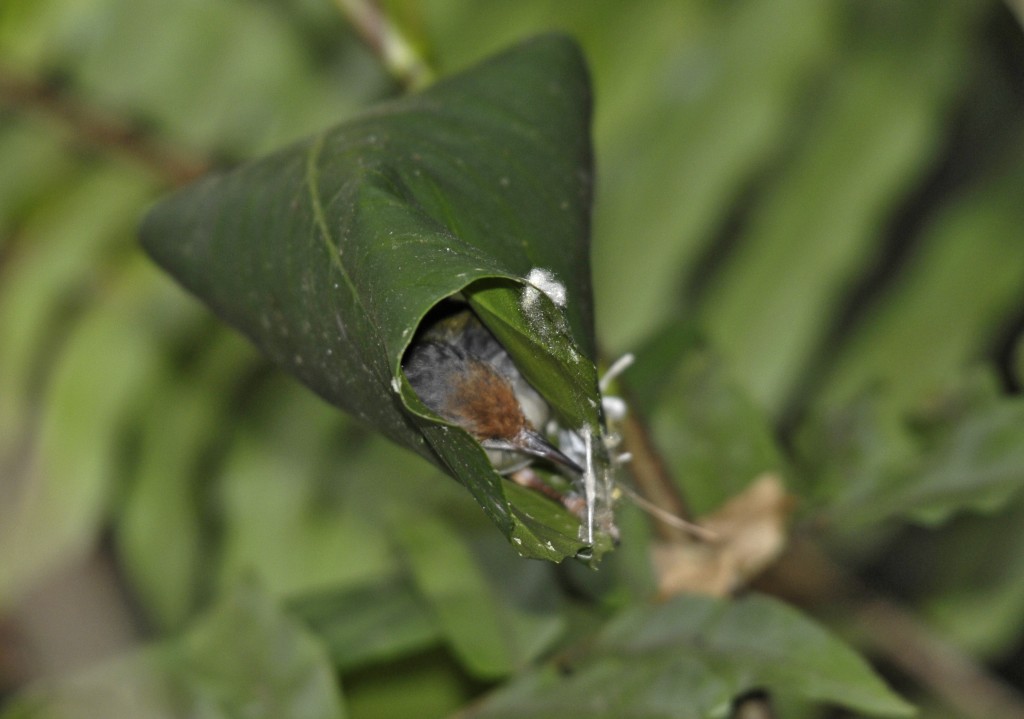
A Common Tailorbird working on its nest, using its beak as a needle and spider web, plant fibres or grass to stitch the leaves together.
Once this is done, the female will begin phase two of the nest building - to make a home that is soft and warm enough for the nestlings. The female will fly around the nest using fine strands of grass to weave a cup nest in the folded leaf. It then lines the nest with soft materials such as plant down and feathers.
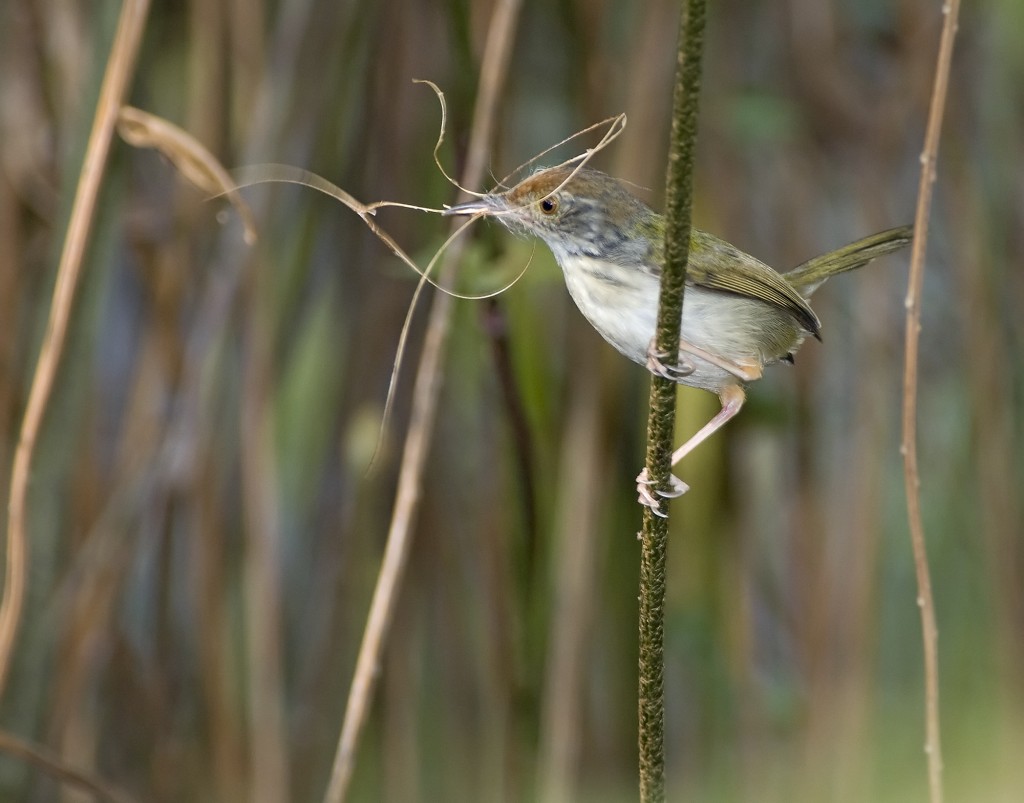
A tailorbird with the nest materials it had gathered.
Tailorbirds usually lay 2 to 5 eggs which are pastel blue in colour, speckled with brown. The female will incubate the eggs for about 12 days before they hatch. With a brood of 2 to 5 chicks, both parents will be busy searching for food to feed and raise the chicks. You will see them darting from bush to bush.
Once they catch their prey, they will fly back to the nest with the food in their beaks. When they enter the nest, they will be greeted by their chicks with their mouths wide opened. This routine will take about 14 days, till the chicks start to fledge and leave the nest. Some of the food the parents bring back to the nest are moths, spiders, bees, termites, grasshoppers, caterpillars and worms.
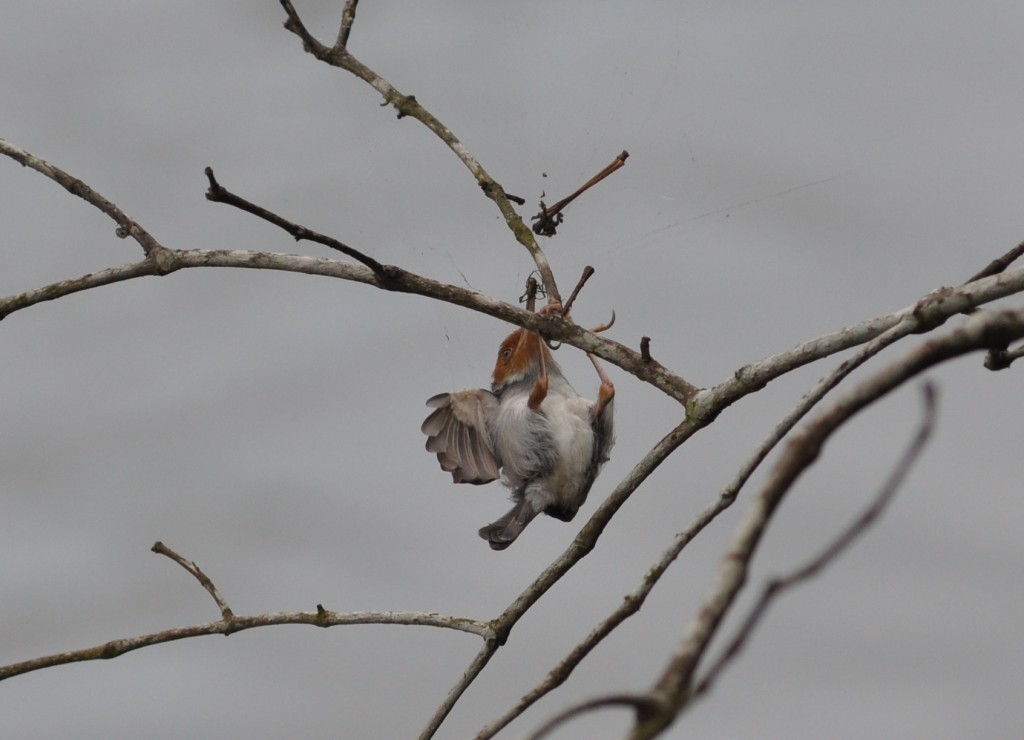
A tailorbird manages to capture its prey, a large insect
Should you visit Sungei Buloh Nature Park between January and June, try spotting the tailorbirds in action.
You will enjoy spending many hours observing the birds building their homes, raising their young and fending off intruders. A word of caution, though. Don't get too close if they are building a nest. They may get alarmed and abandon the nest and even the nestlings. All it takes is a little consideration from each of us to ensure a successful breeding season for each pair of birds we encounter.
By Sharon Chan
Pictures by Mendis Tan and David Li
You can learn more about Sungei Buloh Wetland Reserve and get information on the guided tours available online.


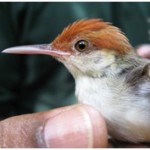
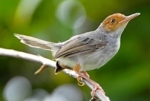

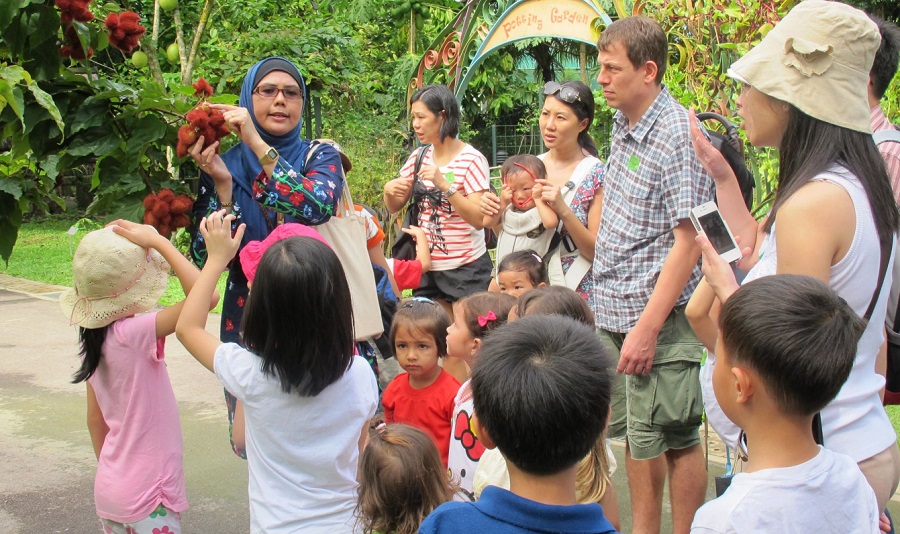
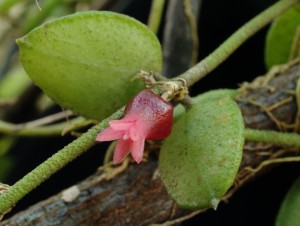
Have views or comments on this article? Let us know via this form. If you would like to give us feedback on any other areas relating to our parks and gardens, please submit via https://www.nparks.gov.sg/feedback